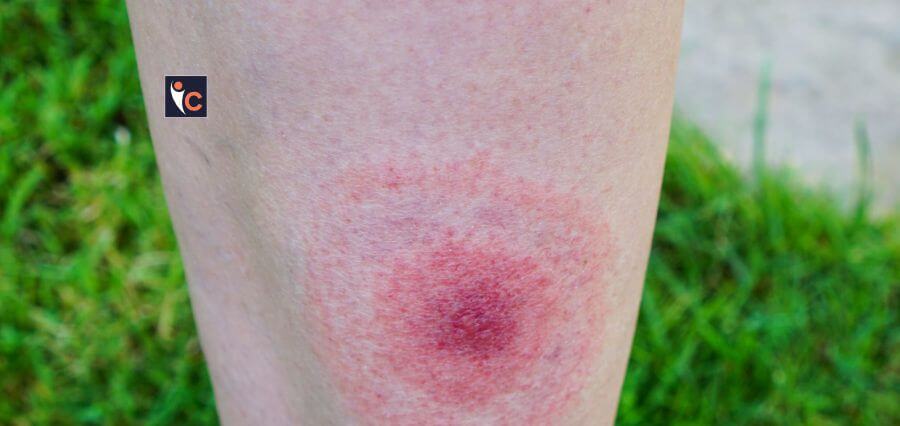Lyme disease is a significant public health concern, affecting approximately 476,000 individuals in the US each year, primarily through black-legged tick bites. The global spread of Lyme disease is being exacerbated by climate change, complicating diagnosis and treatment. This bacterial infection, caused by Borrelia burgdorferi, is transmitted to humans through the bite of infected ticks. These spider-like arachnids secrete an anti-inflammatory substance that masks their feeding, allowing pathogens to enter the bloodstream undetected.
First identified in 1975 in Lyme, Connecticut, Lyme disease has become increasingly prevalent worldwide, posing a growing health concern. According to Professor Jack Lambert, a leading expert in medicine at University College Dublin, Lyme disease is a multifaceted condition that can impact various bodily systems, including the central nervous system, musculoskeletal system, and organs such as the bladder and gut. This results in a diverse array of symptoms, highlighting the complexity of the disease.
Brian Fallon, director of the Lyme and Tick-Borne Diseases Research Center at Columbia University, notes that initial misdiagnoses were frequent, leading to lingering skepticism about the legitimacy of patients’ symptoms. This has caused some healthcare providers to question whether patients are exaggerating or imagining their illness, hindering effective treatment and care.
Diagnosing Lyme disease is challenging due to the overemphasis on the bullseye rash, which is not always a reliable indicator. As Lambert explains, “The bullseye rash is not always a bullseye. It can be elliptical, a solid rash, blistering, or a bruise. On dark skin, it doesn’t look like a bullseye at all.” This has led to frequent misdiagnoses, with doctors mistaking it for conditions like ringworm.
A personal account illustrates these challenges: a patient bitten by a tick presented with an expanding rash but was dismissed by multiple doctors due to the rash’s appearance. Only after seeking treatment in the US was the patient diagnosed with Lyme disease and prescribed doxycycline, which initially provided relief. However, the patient was later diagnosed with post-treatment Lyme disease syndrome when symptoms returned.
Read More: Click Here









